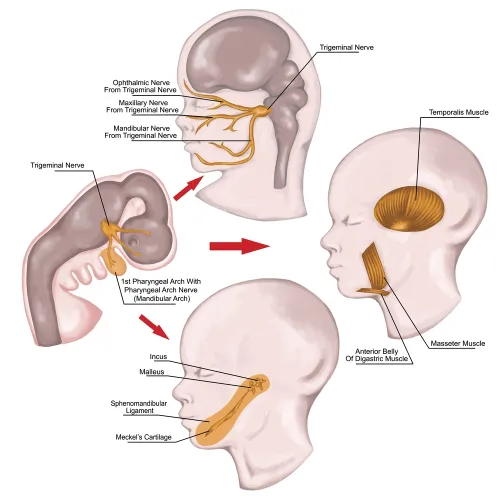Watch Graft and Osteotomy to Zero in on Right Genioplasty Code

When your oral surgeon performs a genioplasty, you will need to know coverage criteria for the procedure and documentation requirements. You will also need to focus on chart notes to see whether your clinician performed an osteotomy and used a graft to augment the chin as these will affect your code choice.
Background: Your oral surgeon will perform a genioplasty that will involve a surgical reshaping and/or repositioning of the chin to correct craniofacial deformities and in the treatment of obstructive sleep apnea. Although the procedure is performed to correct deformities, sometimes your surgeon will also perform this procedure due to cosmetic reasons.
Know the Indications for Coverage For Genioplasty Procedures
If your surgeon performs the genioplasty for cosmetic purposes, you will not receive any coverage for the procedure. “The diagnosis coding is critical here. Congenital and trauma codes support Medicare claims,” says Barry Shipman, DMD, clinical professor, University of Florida School of Dentistry, Hialeah Dental Center. “Codes that support aesthetics do not support Medicare claims.”
You will receive reimbursement for genioplasty procedures if it is performed to treat or correct any of the following conditions:
Documentation: To obtain coverage for the procedure, you will need to provide proper documentation that includes the medical record that proves the medical necessity of the procedure. “Documentation again is supported by a correct diagnosis code,” adds Shipman. You will need to include the patient’s chart notes, imaging studies such as x-rays, photographs and test reports. Some payers might need you to obtain prior authorization before your surgeon performs the procedure. Check with the payer to see if you will need to get an authorization prior to conducting the genioplasty.
Choose From Four Codes Depending on Graft and Osteotomy
When your oral surgeon performs a genioplasty, you will need to choose from one of the following four CPT® codes:
If your surgeon uses a graft material and does not do any changes to the bone, then you will have to report the genioplasty procedure with the CPT® code 21120. You will have to choose from one of the other three codes when your clinician performs an osteotomy to reposition the chin.
If only one osteotomy was performed, you will have to report it the genioplasty procedure with 21121. If more than one osteotomy was done to reshape the chin and to reposition it, then you will have to choose 21122.
You choose the CPT® code 21123 if your clinician performs a sliding osteotomy along with using a bone graft to help reshape the chin. “I believe that the genioplasty and the graft are done at the same time. They cannot be billed as separate services,” Shipman says. Note that you will not have to report the procedure that your clinician performs to obtain the graft separately. The work involved in obtaining the graft is included in the reimbursement allocated to 21123.
Example: Your clinician reviews a 22-year-old male patient who has speech and chewing difficulties due to microgenia. Your oral surgeon decides to perform sliding osteotomy to overcome the facial asymmetry and to help reduce the difficulties the patient is experiencing. Since your clinician used a single piece osteotomy to overcome the chin deformity, you will have to report 21121 for the procedure he performed.
Check if You Can Report E/M Codes With Genioplasty Codes
Your oral surgeon will perform a preoperative evaluation of the patient prior to performing the excision procedure. You cannot report a separate E/M code for the preoperative management of the patient prior to the procedure. Also, CCI edits are in place that prohibits you from using an E/M code for evaluation of the patient prior to the procedure.
However, the modifier indicator for the bundling of E/M codes with the excision codes carry the modifier indicator ‘1,’ which indicates that you can unbundle and report both the codes if a suitable modifier is used. Since the E/M codes form the column 2 codes in the edits with excision codes, you will have to append the modifier to it. The appropriate modifier that you will have to use with the E/M code is 25 (Significant, separately identifiable evaluation and management service by the same physician or other qualified health care professional on the same day of the procedure or other service).
Example: Your clinician plans to perform a genioplasty on a patient who is suffering from congenital chin deformity. Since the patient is suffering from juvenile diabetes, your clinician reviews the patient prior to the procedure to see if his sugar levels are in normal limits. He assesses whether or not his diabetes will have any impact on the procedure being conducted.
Since the sugar levels were in normal range, he decides to go ahead with the procedure. As your clinician had to perform the additional investigation to check the patient for his systemic condition, you can report an E/M code with the genioplasty procedure. You will have to append modifier 25 to the E/M code.




